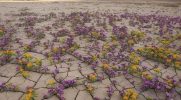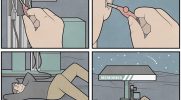Istnieje wiele ludzkich standardów piękna i niestety dotyczy to również zwierząt. Ludzie są bardziej skłonni do uratowania uroczych i puszystych zagrożonych zwierząt. Brzydkie zwierzęta są w rzeczywistości bardziej atrakcyjne dla badań i stworzono nawet specjalne społeczeństwo, aby chronić tak zwane „brzydkie” zwierzęta. Ale jeśli przez chwilę porzucimy stereotypy piękna, zobaczymy, że te zwierzęta wcale nie są monstrualne.
Oto dowody, że na świecie nie ma brzydkich zwierząt, a każde stworzenie jest piękne.
1.
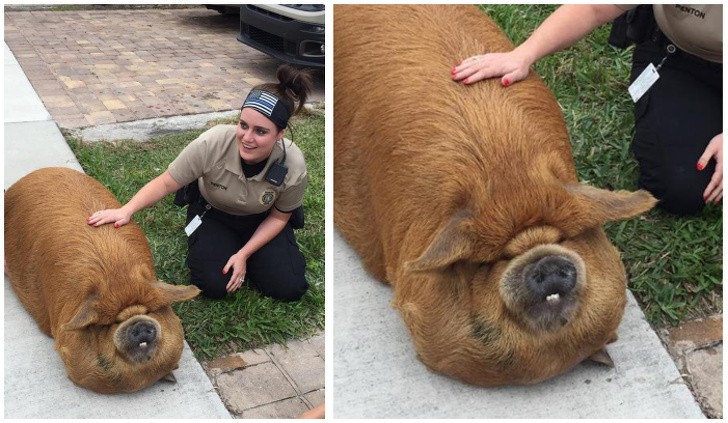
2.
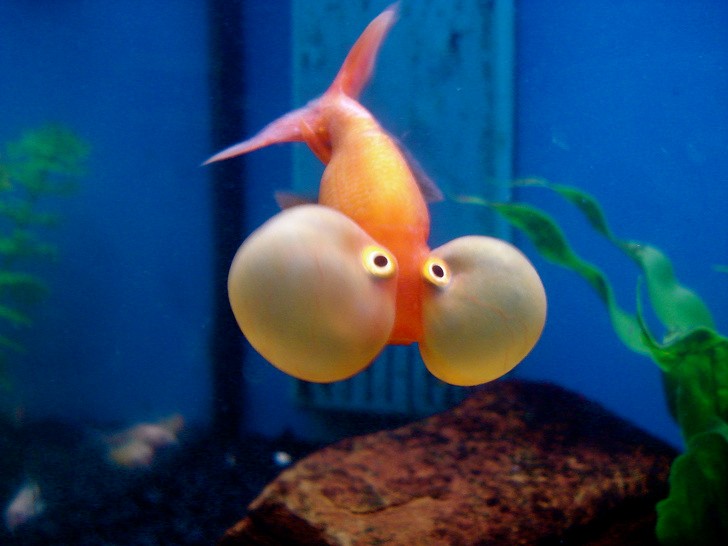
3.
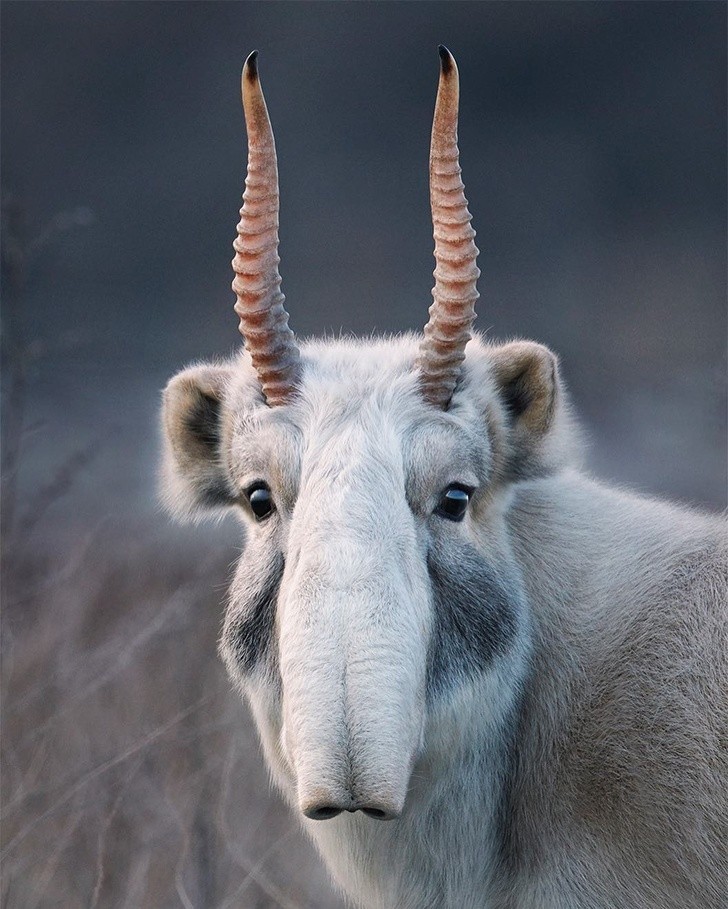
4.
5.
6.
Reklama
7.
8.
9.
10.
11.
12.
13.
14.
15.
16.
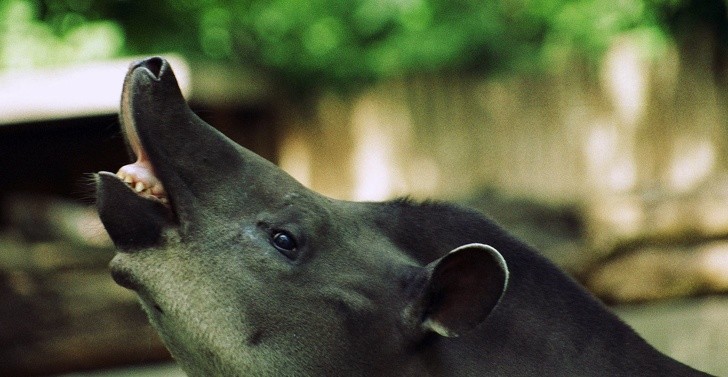
17.
18.
19.
20.
21.
Reklama













